Editorial budgets are being cut, and publications are massively downsizing their photo departments, forcing journalists to perform multiple roles simultaneously. In some cases, newsrooms are outsourcing photo services based solely on financial criteria.
A resolution to protect photojournalism as an integral part of the journalistic profession was adopted by the General Assembly of the European Federation of Journalists (EFJ), held in Budapest on June 2-3, 2025. The document, initiated by the journalist unions of Portugal and Spain, reveals the serious challenges facing the industry.
The participants of the meeting expressed concern that, despite the general recognition of photojournalism as a part of journalism, in practice, this profession does not receive adequate recognition and support. Photojournalists face unique challenges that require immediate attention.
The resolution addresses the serious problem of images increasingly being sent to newsrooms through photo agencies, communication agencies, and press services of clubs and federations. These organizations are not guided by ethical codes, which undermines the trust in publications and violates one of the basic principles of journalism – impartiality.
“Would it be ethical to publish a text written directly by a press secretary? Then why is it acceptable to publish photos sent by these organizations?” the document says.
Due to the lack of investment in photojournalism, the number of insecure temporary jobs is increasing. Professionals often work without contracts, in poor conditions, with limited career prospects, for meager fees, and without social guarantees.
At the same time, the cost of entering the profession in Europe remains high – from 15 to 30 thousand euros for equipment, not including daily expenses for travel, internet, insurance, and taxes.
The digital age has brought new challenges: the market is oversaturated with images, prices have fallen, and newsrooms often use photos from ordinary citizens without verifying the reliability of the facts or ensuring compliance with ethical standards.
This leads to the loss of uniqueness of photojournalism. If previously publications were proud of the best covers and exclusive shots, now, due to economic considerations, photography is becoming anonymous.
The General Assembly instructed the EFJ Steering Committee to promote the following principles among media professionals through national unions:
- ensure that all photographers have valid professional licenses (in the countries where they are used);
- avoid using images from external organizations whenever possible;
- always indicate the authorship of photos and indicate non-journalistic sources;
- demand explanations from responsible editors when using external sources instead of in-house professionals;
- introduce a system of collective agreements for independent photojournalists;
- create a mechanism for paying royalties for reprinting images;
- provide compensation for damage to personal equipment during work.
The resolution emphasizes that photojournalism is not just an addition to the text but a full-fledged language that is understood worldwide. Its preservation as a professional activity is critical for the future of quality journalism.
NUJU Information Service

 THE NATIONAL UNION OF
JOURNALISTS OF UKRAINE
THE NATIONAL UNION OF
JOURNALISTS OF UKRAINE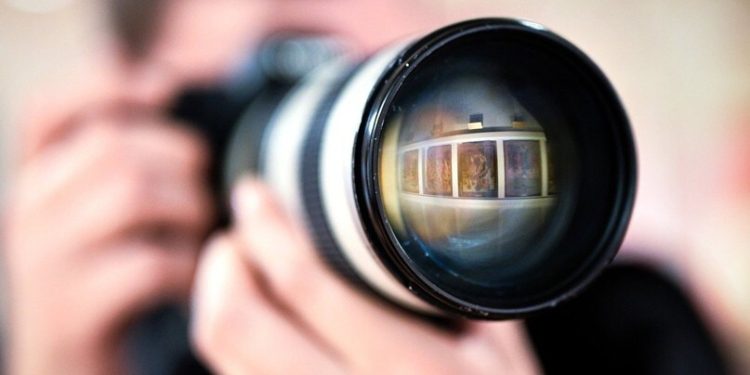
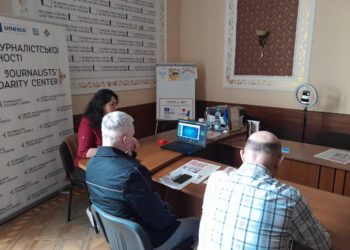
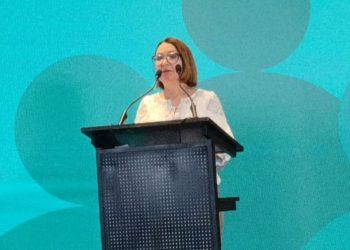
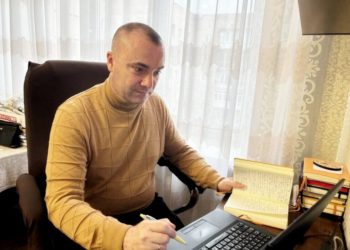
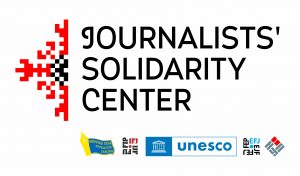








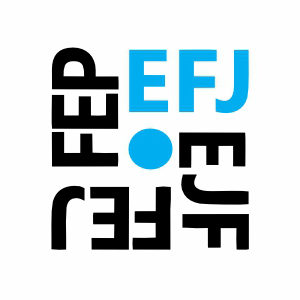


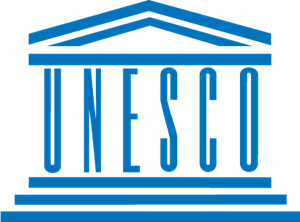
Discussion about this post